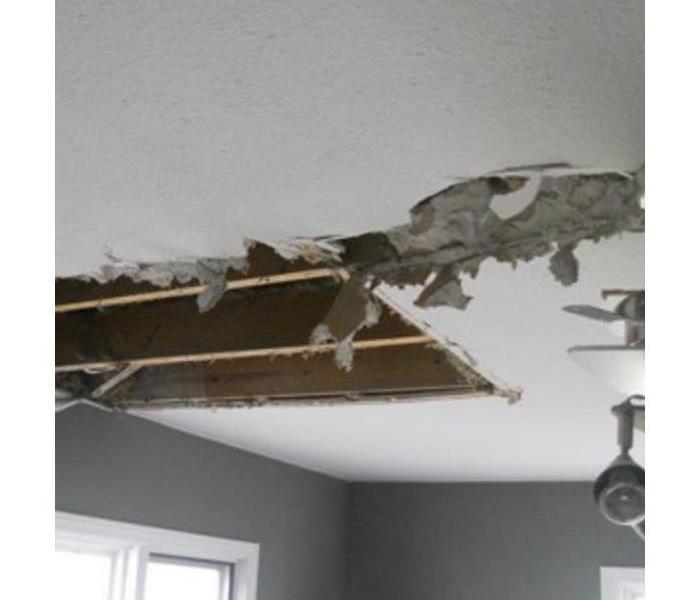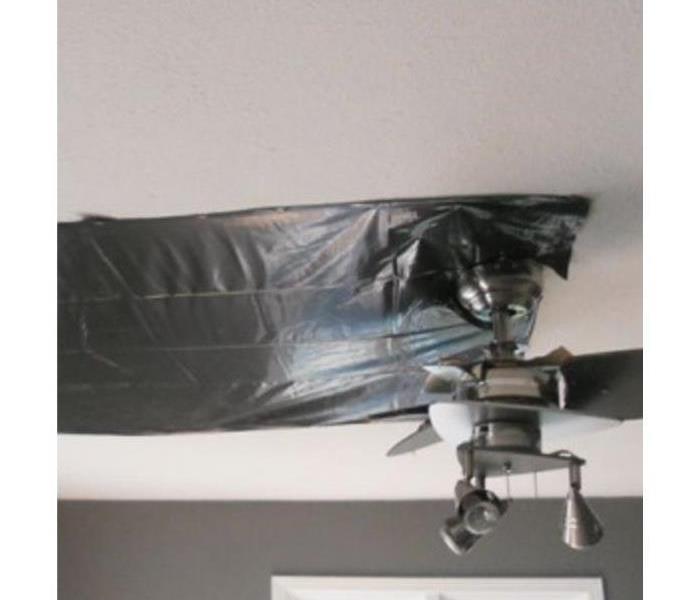How to Inspect Your Trees BEFORE a Storm
Dead wood
Dead trees and branches can fall at any time. Look for leafless branches when others have plenty of green leaves. Another sign of dead wood is old bark that has mostly fallen and hasn’t been replaced with new bark — instead there is only smooth wood underneath.
2. Tree cracks
Storms can cause branches to twist, bend and crack. Check for deep splits in the bark that extend into the wood of the tree or internal or external cavities.
3. Tree decay
Soft wood or cavities where wood is missing is a sign of decay. In time, decay will continue to cause structural problems.
4. Weak branch union
When two or more branches intersect together on the same trunk, a weak union is created. The bark can’t hold the branches together, and the upper side of the branch is unable to secure itself to the trunk.
5. Broken limbs
Assess the crown of damaged trees to check for large, broken limbs. Proper pruning thins the tree canopy, allowing wind to blow through it instead of against it as though it were a sail.
Dead trees or branches can harm your home, car and family.
6. Root problems
High winds can cause trees to rock, even causing the severing of roots in some cases. Check to see if a tree is leaning to tell if it’s been affected. Wilting is also an obvious sign a tree’s roots are damaged.
7. Poor tree architecture
This is characterized by excessive leaning of the tree or branches growing out of proportion with the rest of the tree crown. Odd growth patterns may indicate general weakness or structural imbalance.





 24/7 Emergency Service
24/7 Emergency Service

